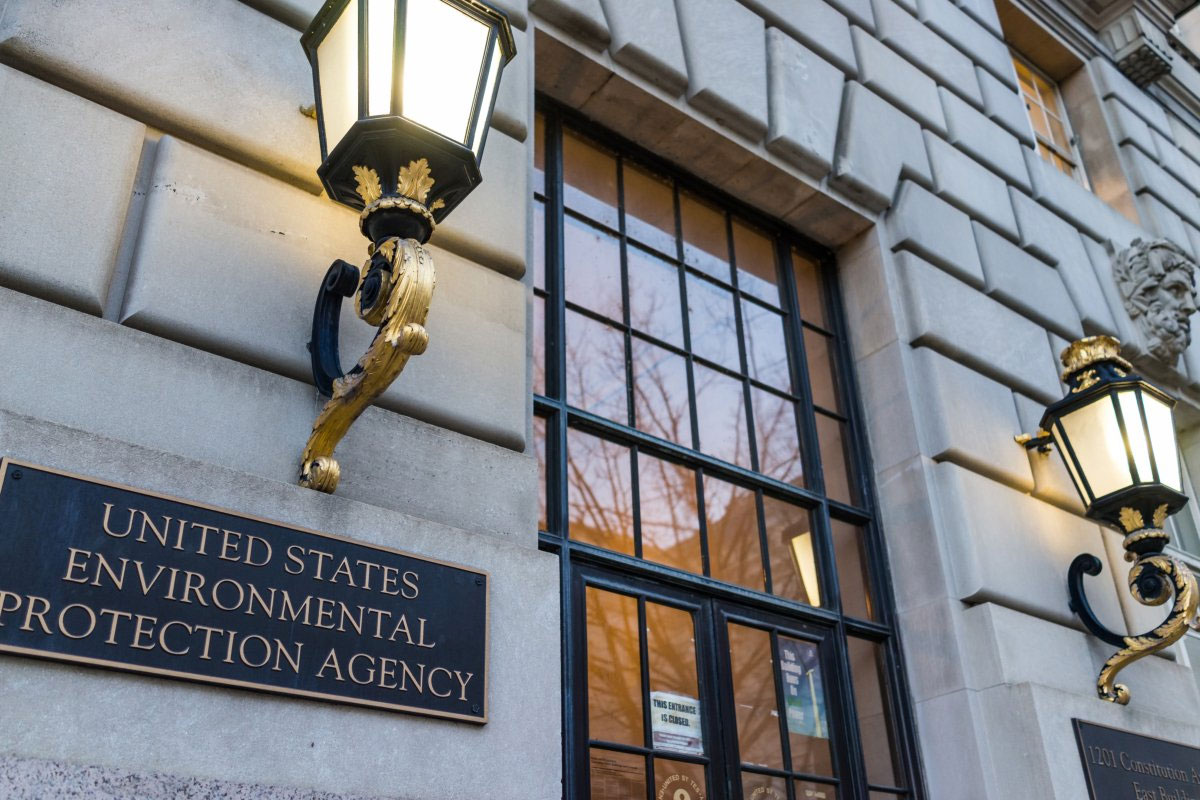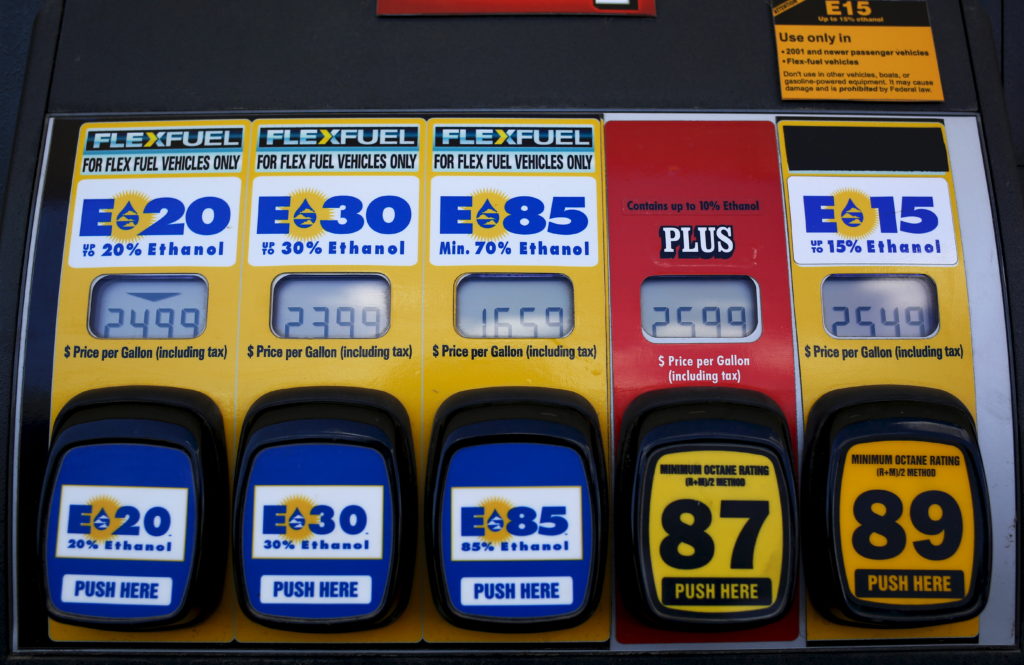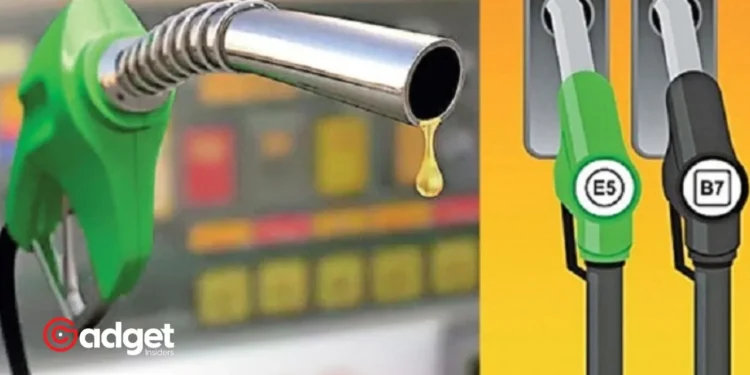In a move that aligns with ongoing global conflicts and the consequent pressure on fuel supplies, the Environmental Protection Agency (EPA) has once again authorized the sale of a higher ethanol-gasoline blend, E15, for the upcoming summer.
This decision, effective for the third consecutive summer, temporarily lifts the usual seasonal restrictions on E15, which typically include a ban due to potential smog concerns during warmer months.

EPA Administrator Michael Regan cited multiple global pressures that influenced this decision, including the ongoing war in Ukraine and conflicts in the Middle East, along with diminished refining capacity in the U.S.
“Russia’s unjustified, unprovoked, and unconscionable war against Ukraine and the ongoing conflict in the Middle East are putting pressure on the global fuel supply,” Regan stated, underscoring the urgency of the EPA’s response.
The Benefits and Controversies of Ethanol
The response to the EPA’s decision has been mixed, reflecting a broader debate over the role of ethanol in environmental sustainability and energy policy. Proponents of ethanol, particularly those in the Midwestern states where it is predominantly produced, applaud the move.
Ethanol is touted not only for supporting local agriculture—especially corn farmers—but also for its potential to reduce fuel prices and cut down on greenhouse gas emissions when compared to traditional gasoline.
EPA's #E15 waiver gives millions of people a choice at the pump that they wouldn't have otherwise had. If you are against #E15, please feel free to continue using E10 or even ethanol-free gasoline. Today's waiver doesn't close any doors; it just opens new ones. #ethanol https://t.co/72OXPfYsy0
— Corey Lavinsky (@biofuelslaw) April 19, 2024
Geoff Cooper, President and CEO of the Renewable Fuels Association, expressed support for the decision, highlighting its multiple benefits: “Allowing uninterrupted sales of E15 will help extend gasoline supplies, prevent fuel shortages, protect air quality, and reduce carbon emissions.”

Iowa Governor Kim Reynolds hailed the decision as a triumph for both local agriculture and national energy strategies, calling it “a huge victory for Iowa farmers, American energy independence, and consumers.”
However, the decision has its critics. Environmentalists argue that the increased production of ethanol may exacerbate carbon emissions over time.
The process leads to more intensive corn farming, requiring higher usage of fertilizers which in turn can lead to significant nitrate releases—a known environmental hazard. Furthermore, synthetic and natural fertilizers contribute heavily to water pollution, complicating the narrative around ethanol’s environmental benefits.
The Expanding Reach of E15
Nationally, most gasoline is blended with 10% ethanol, but E15 is gaining popularity, particularly in the Midwest. The EPA has sanctioned E15 for vehicles manufactured post-2000, a measure that offers a cheaper alternative to traditional fuels, potentially saving consumers over 25 cents per gallon.

While E15’s year-round sale has been permanently approved in eight Midwestern states starting next year, the current waiver is a temporary measure specific to this year. This temporary status reflects ongoing evaluations and the balancing act between environmental concerns and energy needs.
As the nation leans into another summer of E15 availability amidst uncertain global circumstances, the discussions and debates surrounding ethanol’s role in America’s energy landscape are poised to continue.
The EPA’s decision threads through complex layers of geopolitical tensions, environmental considerations, and the economic impact on American consumers and farmers, encapsulating the multifaceted challenges of modern energy policies.










